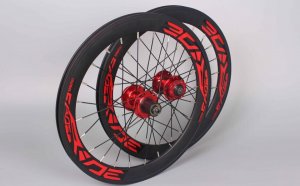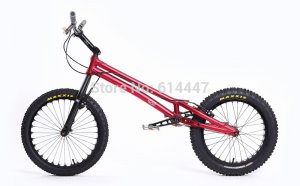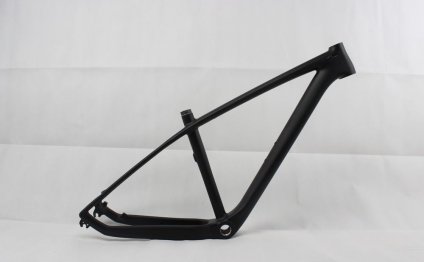
BMX Bikes Direct
Flip-flop, or double-sided hubs tend to be threaded on both edges. Generally one part features a track-type threading, (with lockring) and opposing side is threaded for a single-speed standard freewheel.
The usual solution to utilize a flip-flop hub should have a hard and fast equipment using one part, and a single-speed freewheel on the opposite part. The freewheel sprocket would generally be larger than the fixed sprocket, providing a reduced gear.
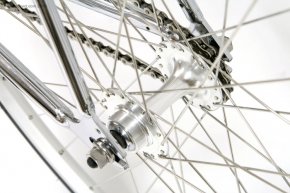
Cyclists would use the fixed-gear side for most pavement cycling, and save the freewheel for off-road usage, or for getting house once they tired. Getting the freewheel larger than the fixed sprocket offers cyclists less equipment when they are using the freewheel. This will make it simpler to climb. Since bikers can coast when they're utilizing the freewheel, the low gear is no drawback on the descents.
Single-speed freewheels can be used on BMX bicycles, most stores that deal in BMX components will stock them. The common size employed for BMX is 16 enamel, but 17, 18, 20 and 22 tooth freewheels are available.
Note, there are 2 forms of hubs called "flip-flop":
Fixed/free, this is basically the kind we speak of above, with a "track" side and a freewheel side.
BMX kind...BMX flip-flop hubs have actually two various freewheel threads, a standard one-on-one side, and an unique smaller-diameter freewheel bond on the other, made to assist special little freewheels (14, 15 teeth.) They're now very rare, however if you're calling around shopping for "flip-flop" hubs, remember to have the correct sort.
YOU MIGHT ALSO LIKE
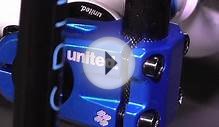
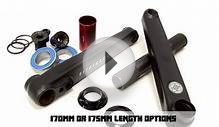
Share this Post
Related posts
BMX Bikes wheels
Meeting by Mark Noble That’s a fairly bloody huge question straight away. However it’s really worth thinking about for certain…
Read MoreDK BMX Bikes Reviews
DK Franklin is a superb worth BMX, perfect for areas and around city cycling. Specifications: FRAME - 1020 Hi-Ten Steel with…
Read More
